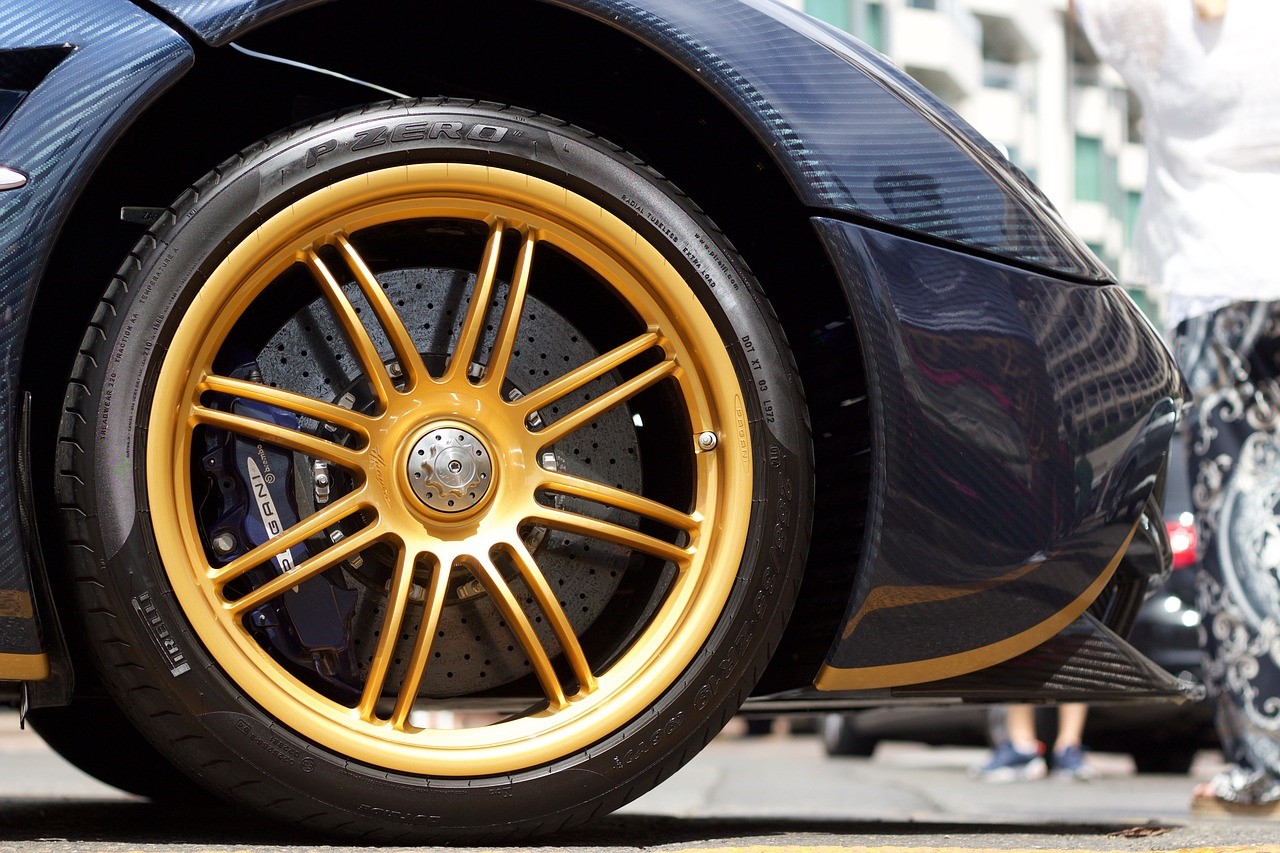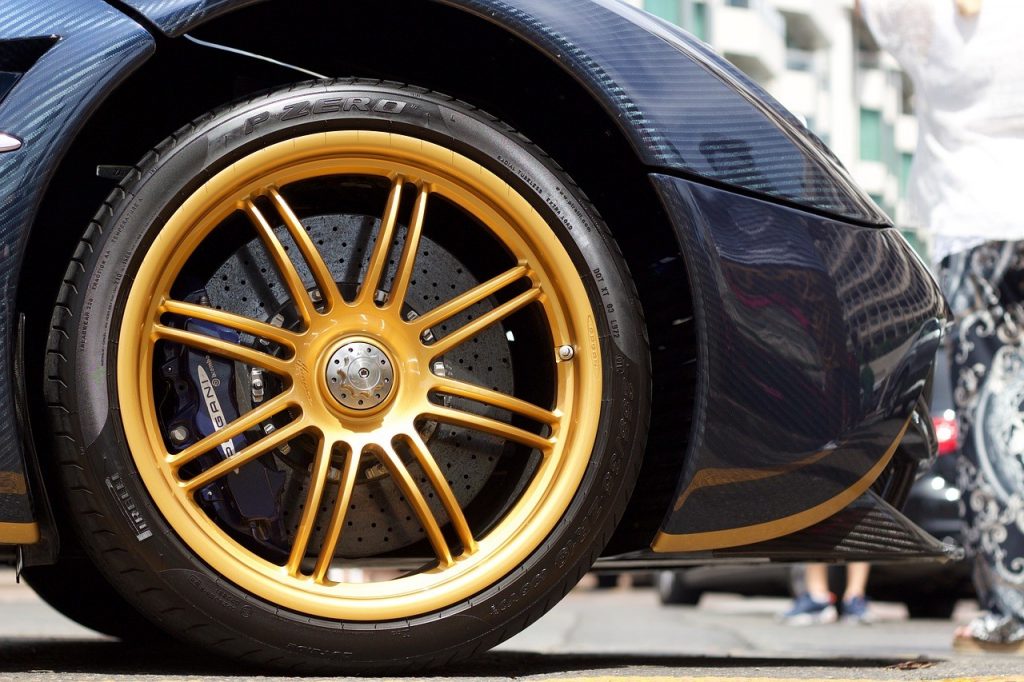There is so much more to tyres than just being a ring of rubber. A vehicle runs over different terrains in the changing weather. At such times, tyres are the primary components that get most affected. Therefore, it is necessary to look after the tyres of your vehicle. However, there are a few things that you must know before buying tyres. This blog will help you understand the factors that will enable you to find the most suitable tyres. Amongst the number of options to choose from, finding the one that suits not just your vehicle, but your budget as well is essential. By the end of the blog, you will be able to assess the aspects that will help you find the appropriate set of tyres for your vehicle.

Seasonal Tyres
It is essential to consider the geographical and climatic conditions of your country. There are three types of seasonal tyres available for your vehicle. These tyres are summer, winter and all-season tyres. Seasonal tyres come with several benefits that enhance the vehicle’s performance on hot and dry roads to snowy and icy roads, from wet and slippery roads to uneven roads.
Therefore, when you are looking for tyres based on a specific season, make sure you go through the below-mentioned pointers before the purchase.
- Summer tyresare efficient on the wet, dry roads, and in moist and humid weather conditions. The tread of summer tyres gives a decent grip and smooth driving experience. Therefore, if you live or travel in the areas with hot and dry roads, summer tyres are your best bet.
- Winter tyres are constructed in a way to suit the icy weather. They can easily cut through thick snowy roads and provide grip to the vehicle preventing the skidding and slipping on the surface. These tyres are made with deep grooves.
- All-Season tyreswork well in all seasons and are a true companion when you are not changing tyres every season. These tyres are best suited in areas that mostly have moderate climatic conditions. These tyres come with reinforced sidewall, resulting in low rolling resistance of the vehicle. All-season tyres, with these benefits, eventually provide better fuel efficiency as well.
Since different seasonal tyres have a varied purpose of solving, it narrows down to the choices you make based on the size, fit and season. Therefore, to cut short your confusion, you can always visit a trusted garage and get professional assistance. Based on your geographic location and the weather conditions in your area, make sure to install the suitable seasonal tyres from a trusted garage.
Compound of tyres
Like most people think of tyres as a ring of rubber, let’s unveil the real facts. As simple a tyre looks like, there is so much more to it. In the rapidly growing world of technology and advancement, the automotive industry is nowhere behind. Therefore, to reach the needs and requirements of the vehicle and customers, they have made tyres built of several compounds and not just rubber. These compounds have properties to suffice your vehicle weight and improve your driving experience in several ways.
Listed below are the compounds that are used in the making of a tyre:
- Natural rubber: The natural rubber is genuinely the primary compound of the tyre; however, it is used in the quantity of approximately 19%.
- Synthetic Polymers: The synthetic polymers are used in the quantity of approximately 24%. These polymers are Butadiene rubber and styrene-butadiene rubber. This compound looks after the traction of the vehicle and the rolling resistance.
- Steel: For stiffness in the tyres, the compound steel is used in the tyre belts and beads in the wiring. This stiffness results in better grip and command on the tyres by the vehicle.
- Textiles: To bring stability and proportionate weight to the tyres, different textiles like polyester, nylon corn, rubber cord, etc. are used in a tyre.
- Fillers:To solve the purpose of abrasion, tyre tear and resistance, different fillers like silica and carbon black are used to make the tyres.
- Antioxidants: Since tyres run through different terrains in the changing weather, it is crucial to eliminate the tyres’ breaking. Therefore, antioxidants are used to prevent unnecessary breakage of the tyres.
- Antiozonants: The exposure to the ozone can cause severe damage to the tyres and thus, to solve this issue, antiozonants are added to the tyres.
- Curing system: It is the most crucial compound of the tyre as it looks after the tyres’ solidification using chemicals like sulphur and zinc oxide.
These compounds altogether make a durable tyre for your vehicle, run on different terrains throughout the changing weather conditions. These will also enhance the performance of your car and give you an improved driving experience.
Built of Your Tyre
It is crucial to analyse the built or construction of the tyres before buying them. There two main types of tyre construction: Tube tyres and Tubeless Tyres. Tube tyres are made with an inner tube which goes flat when a puncture happens in the tyre. While on the other hand, the tubeless tyres act efficiently with maintaining the same state due to the division of decent air pressure. These tubeless tyres are expensive and may not be available for all types of vehicles.
Other Factors
When it comes to finding tyres, size is undoubtedly the first thing that comes into the mind. When you are stuck with so much confusion on which tyres to choose from, it can be wrecking to steer what will be best set for your car. Therefore, talking about the tyre’s size must also include the consideration of the rim size, tyre tread, width and the sidewall profile of the tyres.
- It is crucial to look at the tyre’s rim size as it will make sure the tyre fits correctly. Wrong rim size will increase the dangers for the vehicle making it more prone to accidents. Alongside, it will also fluctuate the height of the tyres and make it difficult for the driver to command.
- On the other hand, Tyre treads are the outline of tyre that comes in immediate contact with the road surface. The tyre loses its treading with an increased wearing. This eventually results with an extended risk of aquaplaning and collisions. The tread of the tyre must be considered while purchasing always. It is crucial to ensure the better and longer performance of the tyres. The tyre treads can vary among the range of 8mm to 2mm. Hence, you must check the treading to prevent chances of mishaps and loss of car functions.
Takeaway
Now that you are well aware of the different factors to assess before buying a set of tyres for your vehicle, here are a few tips that can come handy during your purchase:
- Since garages have a different price range of tyres, from cheap tyres, budget tyres to premium, always try to stick with your budget and ask the expert to show you the most suitable set of tyres newport ranging your budget.
- Do not forget to ask for the expert’s recommendations and installation services of the garage.
- Make sure you look for the latest offers and deals and avail that suits you the best.

